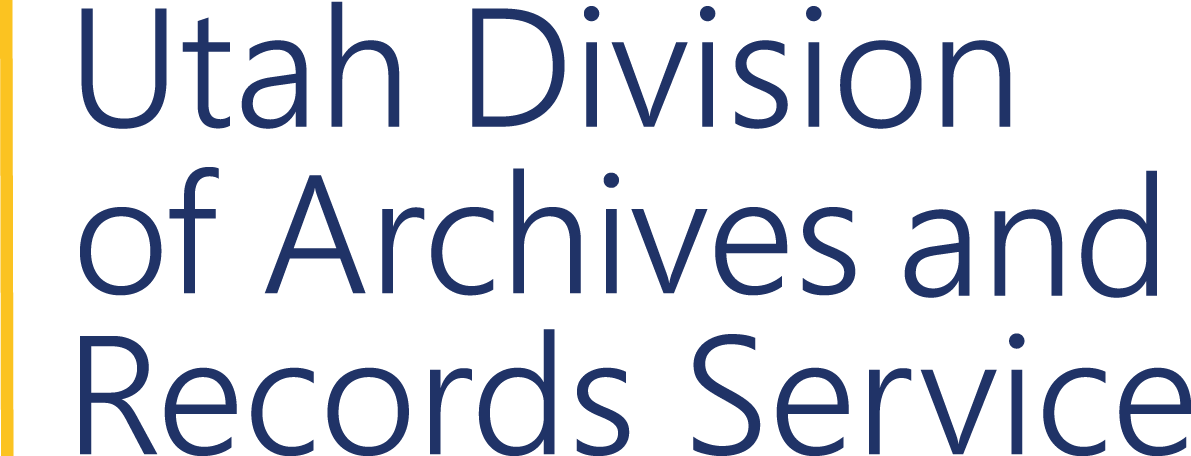Controversy In Echo Park
Citation: Utah State Archives and Records Service, Office of the State Engineer, Colorado River project records, Series 13912, Box 14 Folder 9.
The story of Glen Canyon Dam remains a contentious moment in U.S. environmental history, as it squarely pitted the interests of the Bureau of Reclamation and western developers against those of a burgeoning American environmental movement.
When planning first began on the Upper Basin developments that would culminate with dams at Flaming Gorge and Glen Canyon, planners first cast their eyes east towards Utah’s Uinta Basin. In the mid-1950’s planners and promoters pushed for the construction of two dam sites in Dinosaur National Monument, one at Echo Park (at the confluence of the Yampa and Green rivers), and one at Split Mountain.
An unexpected push against placing the dams in Dinosaur National Monument by an organized environmental movement ultimately led planners to abandon the effort, and the U.S. Congress to enact laws that better spelled out the types of development that could occur in National Park Service areas. With the Echo Park development off the table, and a promise from the Sierra Club not to oppose a dam site at Glen Canyon, the Bureau of Reclamation moved forward with development along the border of Utah and Arizona.
With passage of CRSPA, and allocation of $760 million in federal funds for Flaming Gorge and Glen Canyon, construction on Glen Canyon Dam began in late 1956. Upon its completion in 1966 its impounded waters (named Lake Powell after General John Wesley Powell who had first navigated the whole of the Colorado River in 1869) could reach a full capacity of 26, 214,900 acre feet, making it the second largest development along the Colorado after Lake Mead. The construction of the Glen Canyon Dam has long served as a significant moment of loss for many who were able to witness Glen Canyon before it was flooded by the dam.
CRSPA was a crucial moment in both the river’s history, as well as Utah’s relationship to it. In addition to providing the mandate and funds to build the dam sites at Flaming Gorge and Glen Canyon, this legislation also authorized the creation of the Central Utah Project (CUP), a federal water project specifically tasked with overseeing Utah’s use and development of its allotted share from the river. NextPage Last Updated September 12, 2022.
